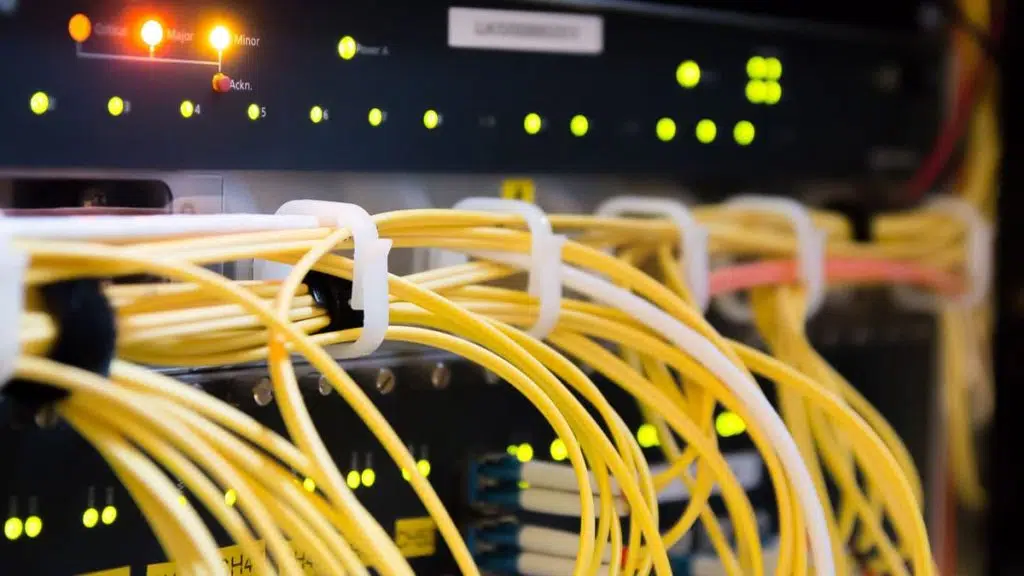
New regulation in Germany aims to help consumers by requiring ISPs give discounts for slower-than-promised internet speeds. Users can access an app that will perform 10 tests repeated on two different days for a total of 20 tests to determine actual download/upload speeds and that there are no anomalies skewing the results. The app will be available to both desktop and mobile device users, but the discounts will only be available to broadband connections. The mobile results are just so consumers can report dead zones to their providers.
The broadband measurement desktop app enables you to determine the actual data transfer rate of your internet access and to compare it with the contractually agreed data transfer rate. For mobile testing, please use the broadband measurement / radio hole app.
| Content factor (= considerable deviation) | Time factor (= continuous or regularly recurring deviation) | |
| Maximum speed | At least 90 percent of the maximum value | reached at least 1x on both days |
| Normally available speed | without reduction | in at least 90 Percent of measurements achieved in the measurement period. |
| Minimum speed | without reduction | not exceeded on both days |
Depending on the results, users will have the option of getting a discount if the speeds are lower than promised. The amount of the discount will be based on the speed difference. Anyone experiencing less than 90 percent of their promised speeds will be eligible for discounts.
Requirements for Discounts
Please note the following points for proof of non-contractual performance:
• You need to take at least twenty measurements.
• Measure on at least two different days.
• The measurements should be distributed equally over the two days, so that at least ten measurements are made on one day.
• Test your stationary connection via a LAN connection. To do this, connect your computer with a network cable.
• Observe the technical information for performing the measurements.
• When measuring, you should exclude all disruptive factors in the end customer environment, e.g. B. parallel data traffic.
• The results of a measurement campaign show you the data transfer rate actually achieved by your Internet connection. You can compare this with the contractually agreed data transfer rate.
• At the end of a measurement campaign, you will receive a log with all measurement results.
• For the assumption of a service that does not conform to the contract (significant, continuous or regularly recurring deviation in download speed) , it is sufficient if there is a deviation in one of the cases.A non-contractual service for fixed broadband connections in the download is available if:
• 90% of the contractually agreed maximum speed is not reached or at least once on at least two measurement days
• The normally available speed is not reached in 90% of the measurements or
• The contractually agreed minimum speed is not reached on at least two measuring days.
If the customer has discovered they are eligible for a discount, they can contact the provider in writing to get the problem fixed or get a discount. Time of resolution is not listed on the app page, but it reminds customers to keep paying their bills to avoid fees. The new law is set to go into effect in December 2021, and should providers not conform to customer requests, customers can escalate their case to the courts.
Sources: Bleeping Computer, Breitbandmessung, bundesnetzagentur.de
